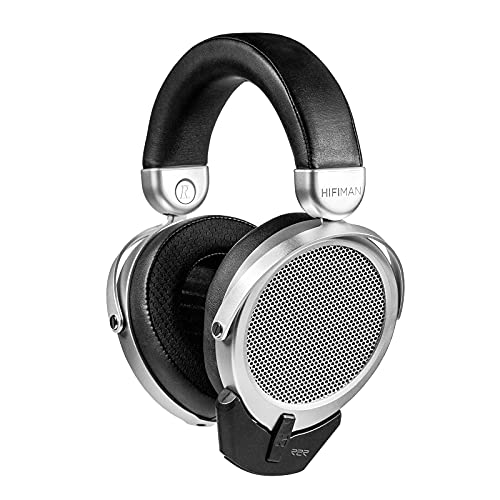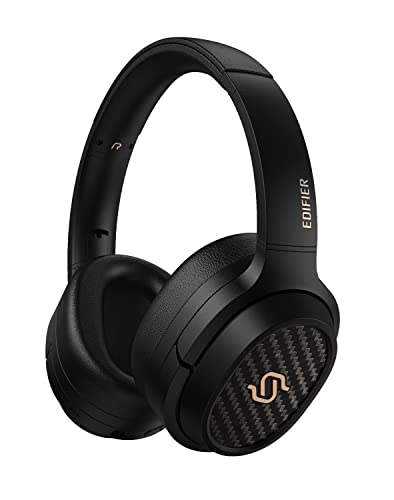Planar Magnetic Speakers
Planar magnetic speakers utilize an elongated diaphragm to transform an electrical signal into sound. They are well-known for their precision and clarity, as well as low distortion. They offer a broad spectrum of frequencies, making them easy to listen.
The diaphragms of dynamic speakers are significantly heavier and stiffer than those used in planar magnetic speakers. This restricts their ability to move and accelerate quickly which can result in distortion of the sound.
They are easy to build
Many people think that building planar magnetic speakers is a difficult task but they’re actually very easy to make. It is crucial to follow the instructions carefully and construct an audio system that is well-engineered. The result will be a high-quality audio system that will rival any model that is commercially available. In addition to being easy to build these speakers offer superior sound quality than traditional dynamic drivers. They offer superior clarity as well as a larger dynamic range and controlled directivity, which all contribute to a full listening experience.
Planar magnetic speakers emit extremely directional, flat waves, unlike traditional loudspeakers, which project sound in circular wavefronts. This allows them to reproduce sounds at very low frequencies, which could be difficult for traditional speakers to achieve. Their precise imaging brings the music to life, planar magnetic speakers making traditional speakers sound slow in comparison.
To produce a sound, a driver planar magnetic utilizes a thin film of metal suspended between two conductive panels that are stationary. The audio signal is carried by through the panel, and it quickly changes between negative and positive. The negative portion of the panel is dragged towards the magnetic array and it moves forward and back to create a vibration on the diaphragm. The result is a broad sound field that has minimal distortion and an excellent dynamic response.
The maximum range of an excursion for a planar driver magnet speaker is among the most important aspects of its performance. This is the maximum distance a speaker can travel before it begins to distort. This is measured at a specific frequency and output level. If you want to hear the 20-Hz bass, you’ll require speakers with a maximum excursion around 1 mm.
A good planar magnet driver should be able maintain structural integrity while enduring high excursion. It must also be able to disperse heat effectively and handle the rigors of a large power. To fulfill these requirements, the voice coil of the speaker must be sufficiently thick and wide. The voice coil should be wrapped in a material capable of conducting electricity.
They effectively disperse heat
This is a crucial aspect of any speaker. The voicecoil is close to the magnet array, and has a high flux density in the gap. Heat is generated by the voicecoil and must be dissipated to prevent distortion and damage. The voicecoil has two ways of getting rid of heat – radiation and convection. Radiation is preferred since it does not have the convection’s pumping effects. However, it must be handled with careful consideration and the design must handle the power applied.
The first step is to make sure that the distance between your voicecoil array as well as the array is at least 1mm. This is crucial, since any gap that is greater than 1mm could cause severe distortion. The gap should be large enough to permit the voicecoil’s movement to avoid hitting the rearplate. The wide gap designs that are popular with manufacturers are not efficient and only work at low frequencies.
A good way to determine the gap is to place a magnet over the gap and test the resistance between the magnet and the voicecoil. The higher the resistance the less heat will be dissipated and the greater the likelihood of distortion. The lower the resistance is the more efficient and distortion-free the speaker will be.
Planar magnetic speakers are able to reproduce the upper octaves of sound with amazing accuracy, but they can’t reproduce the lower frequencies because they require a large diaphragm. That’s why the majority of planar magnetic speakers utilize a woofer and tweeter together. This lets them cover an extended frequency range while causing less distortion.
In addition to their excellent bass In addition to their excellent bass, planar magnetic drivers have a very low distortion. This is due to the fact that they are dipoles which means that they emit equal energy both front and back with inverted phase. This is a significant advantage over conventional drivers that can be subjected to mechanical distortion and strong Q resonances.
They can handle a great amount of power
The truth is, Planar Magnetic Speakers (Www.Designdarum.Co.Kr) can manage the power they require. This is due to the fact that the “voice coil” is spread out over more space than it would be in a traditional dynamic driver, which means that it can dissipate heat more effectively. Furthermore the diaphragm itself is thin and light, which helps to reduce distortion levels.
However, it’s important to keep in mind that an acoustic speaker planar will require to be driven by a significant amount of power to produce high-quality sound. They are sensitive to the way a room is configured because they aren’t able to disperse their energy like a traditional speaker. Moreover, they are directional, which means that listening with a few degrees off-axis can cause the perceived volume of the sound dropping dramatically.
Inefficiency is another reason that makes them able to handle large amounts of power. They have lower impedances and therefore require more power to achieve the same amount. They are also susceptible to magnetic saturation, which can cause distortion.
A great way to test the capacity of a planar magnetic speaker to take on lots of power is to test its maximum excursion. This is the distance that the diaphragm will travel before it hits the magnet array and begins to distort. The most effective planar speakers will reach a maximum distance of 1 mm.
 Planar magnetic speakers also provide a greater frequency response than traditional cone drivers, which can be beneficial in certain circumstances. They can reproduce a greater number of frequencies, which could improve the quality of sound effects and music. This can make it easier to differentiate between instruments and vocals in a song.
Planar magnetic speakers also provide a greater frequency response than traditional cone drivers, which can be beneficial in certain circumstances. They can reproduce a greater number of frequencies, which could improve the quality of sound effects and music. This can make it easier to differentiate between instruments and vocals in a song.
The top planar magnetic speakers can reproduce a broad spectrum of frequencies, including the bass frequencies. This is a huge benefit for planar magnetic Speakers people who want to listen to music in various environments. These speakers are more expensive than conventional loudspeakers but they offer an experience that is unique and immersive. They’re also a great option for home theater systems.
They are directional
When an electrical signal is applied to the trace pattern that conducts electricity, the magnetic field triggers a diaphragm movement that creates sound waves. The movement is more precise and controlled as compared to traditional cone drivers. This results in a greater frequency response. This allows planar speakers to reproduce more clarity and detail in the music.
These diaphragms that are flat can be designed to be either dipole (radiating equally in front and back like electrostatics and Maggies) or monopole (radiating only in the forward direction and more like traditional dynamic speakers). This flexibility provides designers with a wide range of options for wall or in-wall loudspeakers which can deliver exceptional performance at affordable cost.
The diaphragm in a planar magnet driver is typically constructed of a light, thin polymer coated with copper circuits that conduct electricity. The metal-laced diaphragm is surrounded by a variety of magnets that are arranged in bars with a wide spacing. These arrays of magnetic bars create a powerful magnetic field which can attract and disperse air particles inside the diaphragm. The magnetic fields help radiate the heat away from speaker without straining the voice coil.
Planar magnetic speakers have higher sensitiveness than traditional cone speakers and can handle a lot of power without overheating. They also have a low impedance which means they require less amplification in order to achieve the same listening quality. They can reproduce the full range of audio frequencies including highs and bass. They are often augmented by woofers with boxes that can reproduce low frequencies with greater precision.
 One drawback of single-ended magnetic loudspeakers is their relatively poor damping. This can cause high-Q resonances in the low frequency spectrum of the speaker’s response, which can color the sound. The solution to this issue is a hybrid design, that combines the benefits of dipole and planar technology.
One drawback of single-ended magnetic loudspeakers is their relatively poor damping. This can cause high-Q resonances in the low frequency spectrum of the speaker’s response, which can color the sound. The solution to this issue is a hybrid design, that combines the benefits of dipole and planar technology.
One of the most important factors that determine the success of a planar magnetic speaker is proper placement in the room. Several aspects of sound are affected by this, including the bass response, imaging, and soundstage depth and width. Toe-in can negatively affect the midrange and higher frequencies. The ideal speaker will be placed in the area where the central image is at its thinnest.
